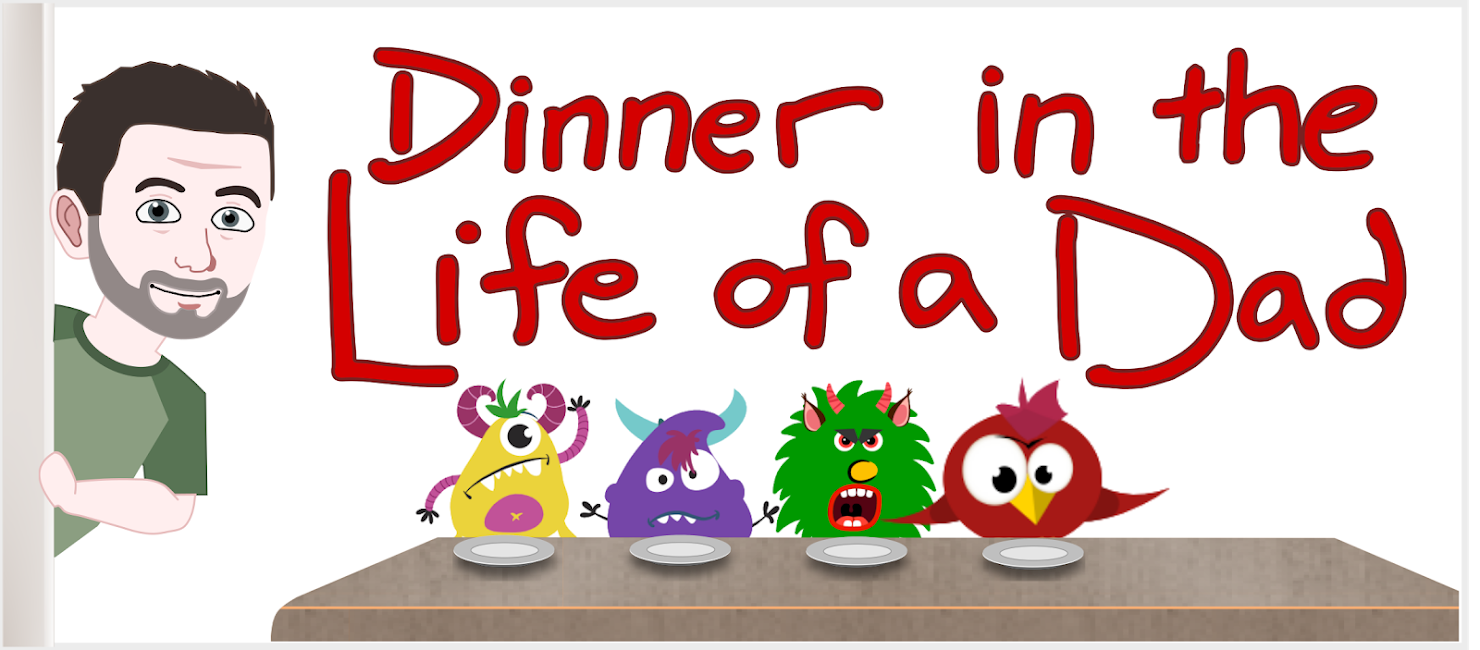What type of snack do you give a child who cannot have sugar or starch? My son, who was diagnosed with Congenital Sucrase Isomaltase Deficiency—CSID for short—lacks the enzymes to digest sucrose (table sugar) and maltose (a starch derivative). As those of you with children may imagine, this makes snack time rather difficult.
So far my wife and I have been able to come up with a few ideas like raisins, cheese sticks, cottage cheese, and olives, but what do you do for those sweet snacks? A couple days ago I was desperate for a snack idea that he hadn't already had that day when my eye lighted on the container of plain yogurt sitting in the fridge. Jayson really likes yogurt, but plain yogurt tastes nasty (to me, at least), so I had to think of some way to make it more palatable.
Did you know that to make flavored yogurt you only really need to add some type of jam? Well, this option wouldn't work for Jayson because all jam contains tons of sugar. I knew I could sweeten the yogurt with honey, which is an approved sweetener for people on CSID, but I couldn't think of any other flavorings to use, until I saw the cocoa.
Cocoa is not sweetened, so I could use that to make chocolate yogurt, and Jayson could eat it. To boost the flavor, I added a little bit of dry vanilla extract and a pinch of salt. Stir to combine, and then feed to a hungry toddler, who cries when it's all gone because he wants more.
The flavor of this yogurt is definitely different—not really bad—just different. The tang of the yogurt is an interesting counterpoint to the bitterness of unsweetened cocoa, one that I am not used to tasting. And maybe I'm just not used to eating honey with either yogurt or chocolate, and I'm still not sure if it is the best sweetener to use, but Jayson likes it, and I have it on hand, so I am sticking with it.
I am going to do this next section a little differently. There aren't really any instructions, but I would like to discuss these ingredients very lightly.
Plain Yogurt
Yogurt is made by fermenting milk with an innoculum (typically some already completed yogurt) under very controlled conditions. To flavor yogurt manufacturers typically add a type of jam and simply blend it in, sometimes standardizing the appearance and flavor with colors and flavors. Check the ingredient statement of the yogurt to make sure that it doesn't contain any sugar or stabilizing starches like modified food starch, which is just cornstarch (if you are making this for someone with CSID). Ironically, the private label was my favorite option because it fit all the dietary restrictions, and it was a lot cheaper than the name brands.
Honey
Honey is the only food manufactured by the natural world. Bees make it by evaporating nectar which had been treated with the enzyme invertase—the reaction occurs in their stomachs, so honey could actually be renamed "bee vomit"—which converts the sucrose in the nectar into glucose and fructose. Because of this honey does contain some sucrose (typically less than 2%), but this small amount shouldn't cause too many problems.
Vanilla Extract
Vanilla is one of those flavors that just seems to pair perfectly with chocolate. Real vanilla comes from the bean pod of an orchid, and isn't that easy to get in large quantities, which is why vanilla beans are so expensive. Luckily for us the chemical compound which is responsible for the vanilla flavor, vanillin, is easily soluble in alcohol, making vanilla extract a much more attractive option than using whole vanilla beans. What's more, vanillin is present in large quantities in some wood varieties, which is why some alcohols which have been aged in wooden casks can sometimes have vanilla notes. Vanilla extract obtained by extracting vanillin from wood must be labeled artificial vanilla extract, but using it is fine in most applications, especially when the finer nuances of real vanilla extract would be overpowered.
Cocoa Powder
Chocolate is pretty fun stuff. In fact, it is one of the more chemically complex foods out there. This being the case, I will not attempt to completely explain chocolate, mainly because I can't. But what I can say is that cocoa powder is essentially partially defatted cocoa liquor. Cocoa powder does not contain any sugar, unlike chocolate, which is why it is a great option for sugar-free diets. Dutch style—Dutch processed, Dutched, or cocoa processed with alkalai—has been treated with an alkalizing agent to neutralize some of the acids naturally present in cocoa. As a result, Dutch cocoa has a much darker color, deeper, richer flavor, and disperses well in liquids. It is my cocoa of choice in practically all applications.
Chocolate Yogurt:
Yields approximately 1 cup
3/4 cup plain yogurt
1-1/2 Tbsp honey
1/8 tsp vanilla extract
1-2 Tbsp Dutch-style cocoa powder
1 pinch salt
Combine all ingredients in a small bowl. Use a fork or whisk to homogenize. Serve right away or store in the refrigerator, tightly covered, or freeze in molds and make frozen yogurt.













